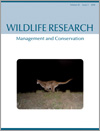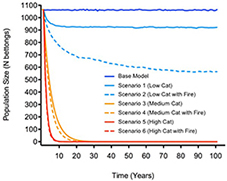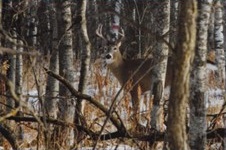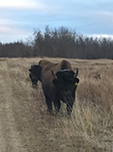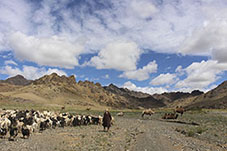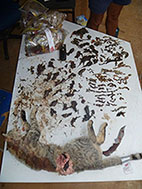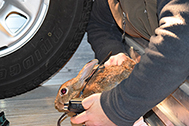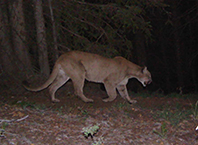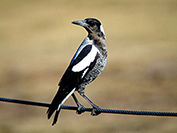WR17136Could current fertility control methods be effective for landscape-scale management of populations of wild horses (Equus caballus) in Australia?
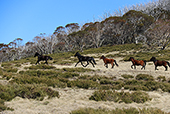
Currently available fertility control methods have been evaluated for their suitability for effective management of wild (feral) horses in Australian settings. Implementing fertility control (immunocontraceptive vaccines in mares) may ameliorate long-term population growth, but only if overall population size is reduced prior to broad-scale application. An integrated management approach employing multiple methods will be necessary, as well as ongoing effort over many years.
WR17136 Abstract | WR17136 Full Text | WR17136PDF (380 KB) Open Access Article


